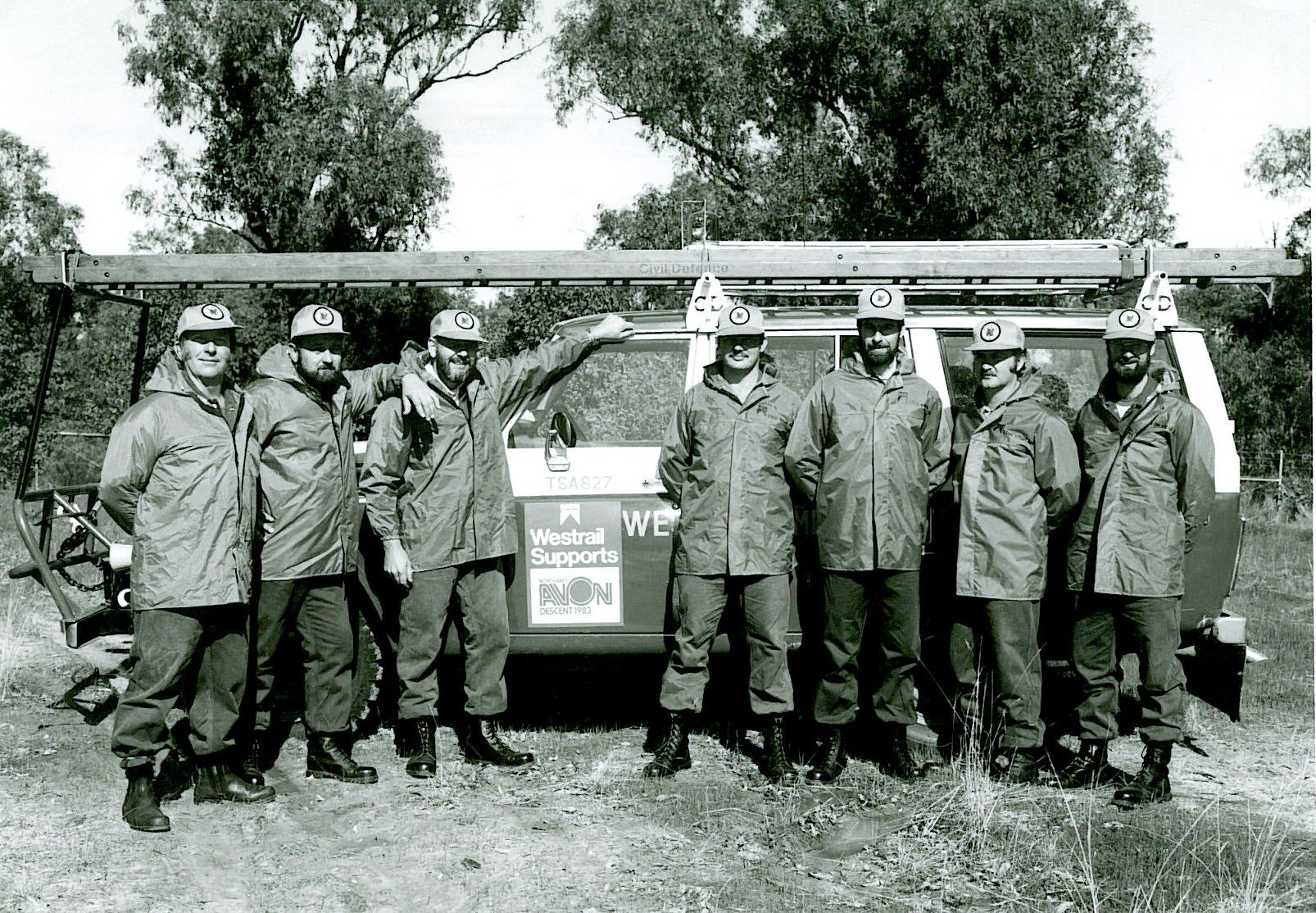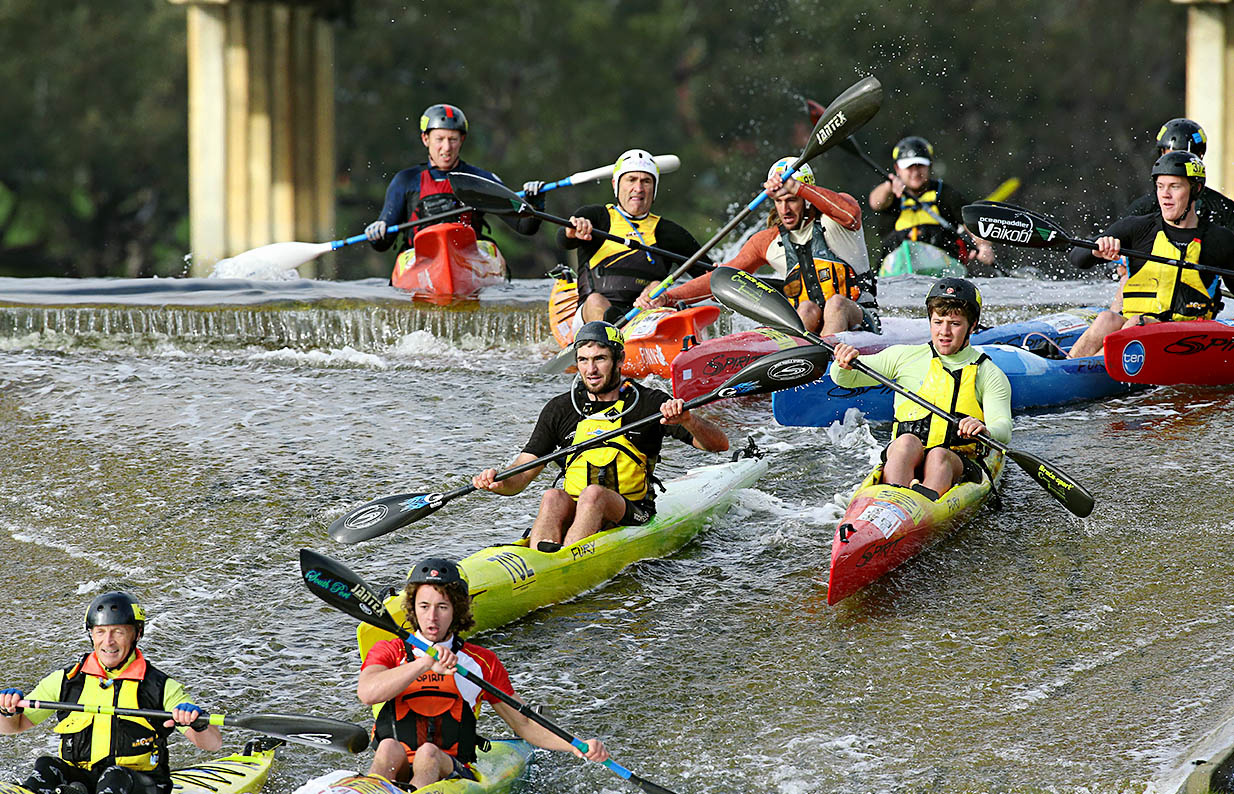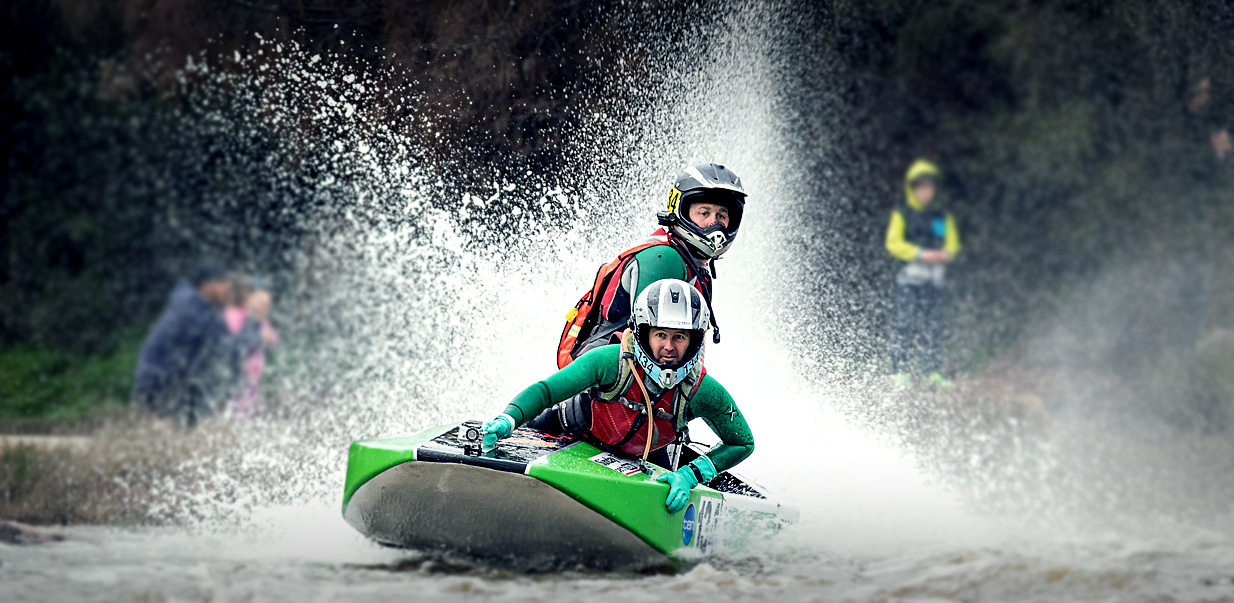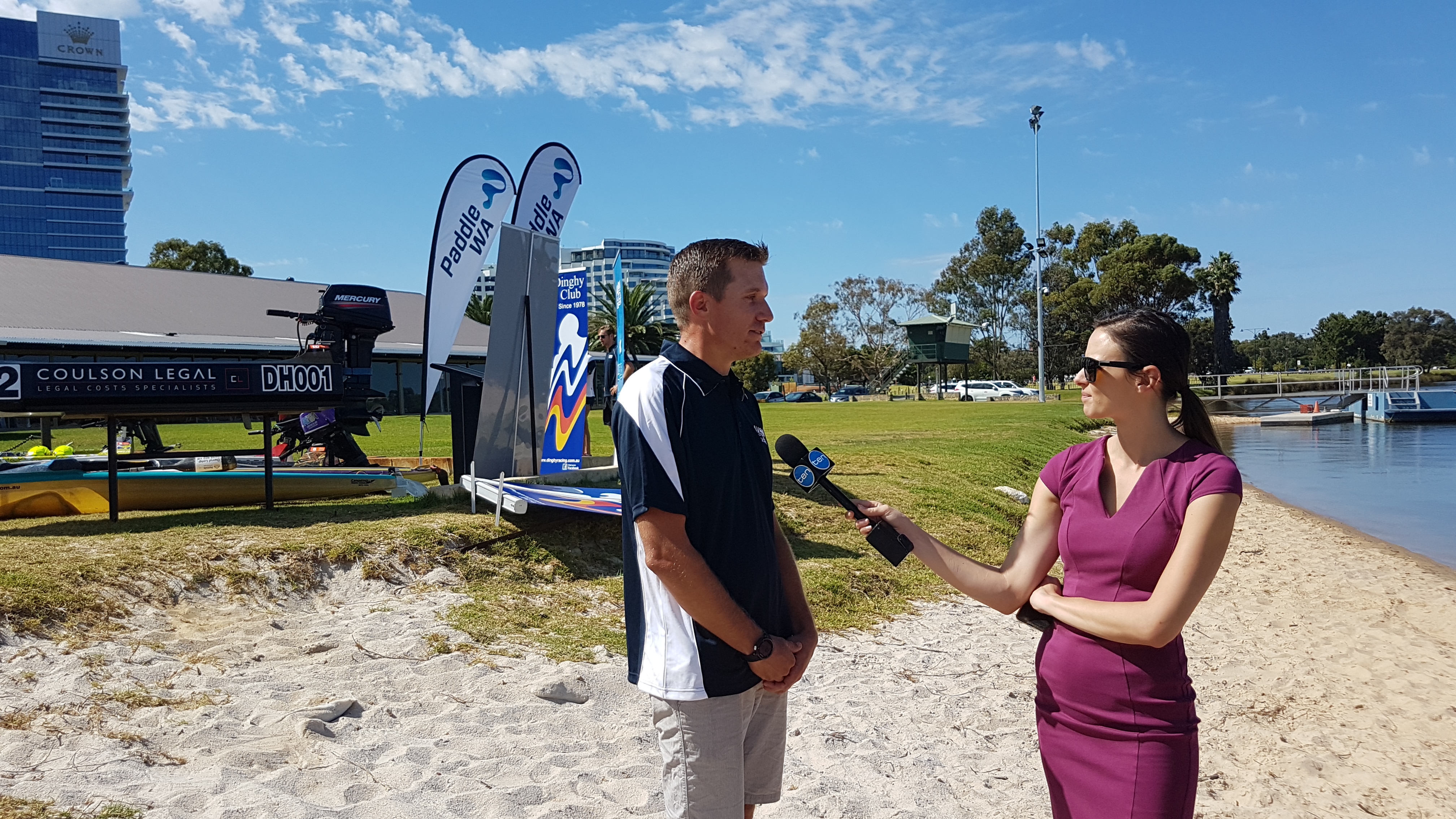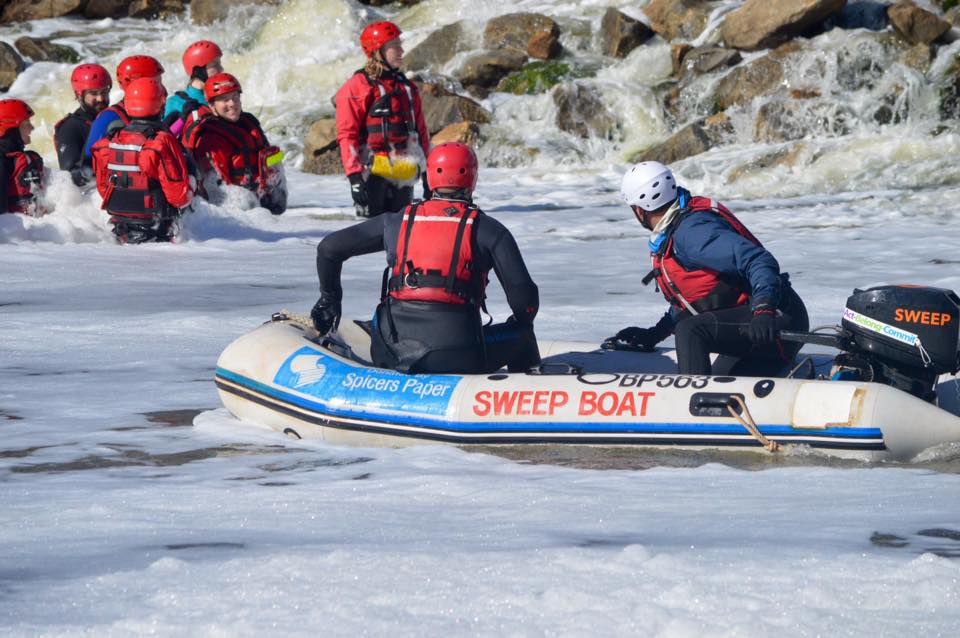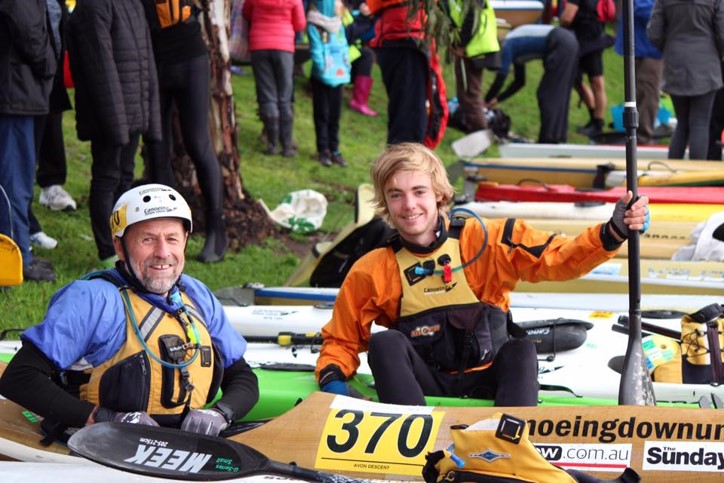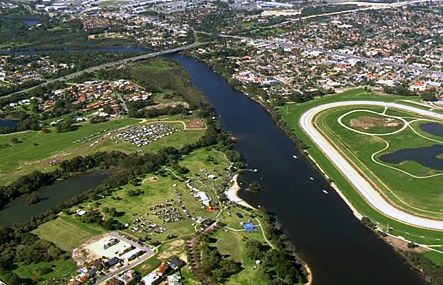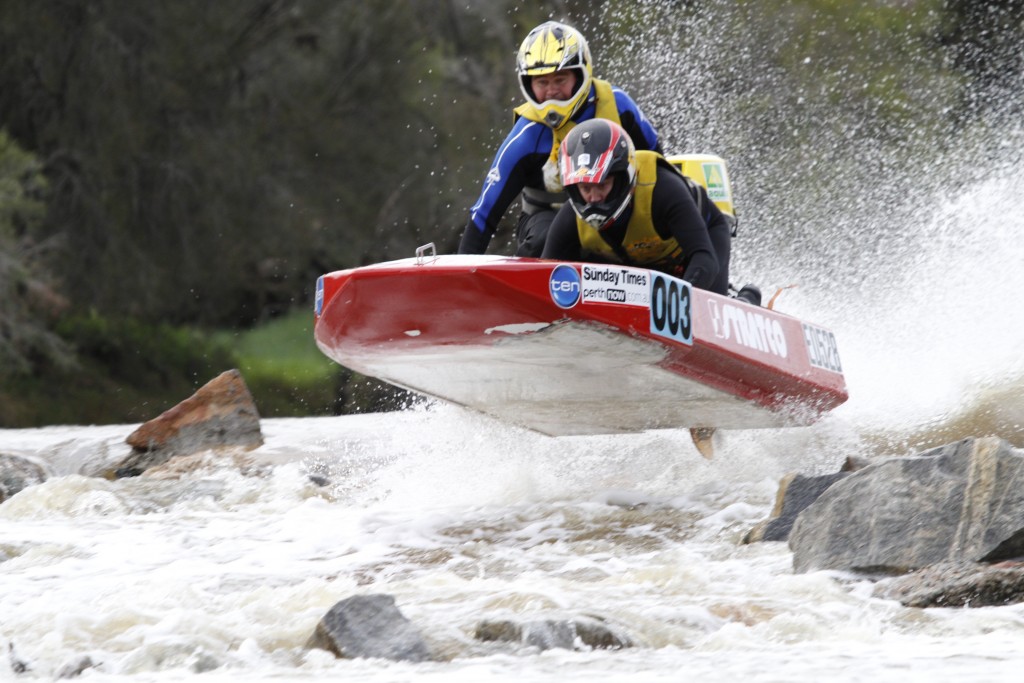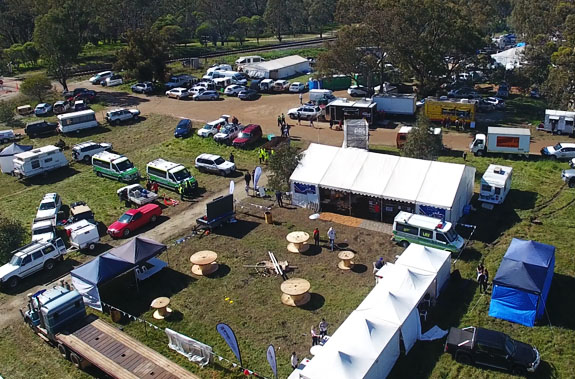Written by Mary Cheng
Avon Descent is a full two-day race in a powerboat, kayak, ski or stand up paddle, as part of a single, double or a relay team. It is one of WA’s most iconic and longest running major sporting and community events.
How did the Avon Descent begin?
In 1972, the Northam Tourist Committee evaluated the possibility of a powerboat and canoe race from Northam to Perth along the Avon River. Four men successfully completed a test run, which proved that a race was possible. They were John Izzard, Ron Bairstow, Rob Leslie, and Gerry Post. This catalysed the planning phase for a race that involved powerboats and a wide range of paddling classes. The race was prepared as a two-day event with competitors racing in a time-trialled car rally style.
The inaugural Avon Descent race took place on 21 – 22 July 1973. There were 54 entries and 23 of them finished, covering 134 km of the Avon and Swan Rivers.
The race has a history of advocating hard work, challenging oneself and taking the plunge. In August 2000, UWA News reported a couple of university students, who designed, built and drove a powerboat by the name of Daytrader HQ. The powerboat was part of an engineering project with which they attempted to race through the Avon Descent’s infamous Extracts Weir. The Extracts Weir was originally 30 feet (914.4cm) deep but because of the silt brought down by the river over the years, it has become shallower, making the rocks protrude through the water a lot more. Through the rough waters, the university racers finished second in the 8 HP standard category and won the novice category as well. This was a remarkable achievement for the first time racers.
One person who has contributed a lot to the iconic event was Kim Epton. Kim was a member of the Power Dinghy Racing Club and was directly responsible for the creation of three major power dinghy races in WA. This led to the Power Dinghy Racing Club being the power craft club representative for the Avon Descent. Kim’s contribution has been significant in that he has worn many hats – a competitor, support crew, Scrutineer, Promoter, Race Coordinator, Starter, Deputy Race Director and Chairman. Kim’s contributions were recognised in 2013 as he was awarded the title of a Legend of the Avon Descent. His extensive experience with the Avon Descent gave him a good understanding of the event. Nevertheless, “the changing face of the event, regulatory requirements, uncertainty of the rains, and evolving trends in participations means that one has to be continually engaged,” says Kim.
What significance does the Avon Descent have in WA?
The Avon Descent has been around for more than four decades so it has been engrained in WA life for a while now.
Kim states that the Avon Descent “has been a part of the fabric of WA life over the past 45 years. It is the only sporting event (Football grand finals and Cricket Test matches included) to be on the front page of all six (then) WA newspapers (1986).”
The event largely depends on a number of factors not necessarily within the control of the organisers, such as the amount of rainfall in the season. While the impact of the Avon Descent has faded over the past few years because these factors, Kim believes that it is still an event that inspires awe.
The early days and the event now
Kim shared a memory from back in the early days:
“I recall in 1976 the water level was so low that the race started from Posselts Ford and the Day One Finish was at Walyunga. The overnight stop was at the Ellen Brook Speedway.
The Race Starter leaned back into the big dead tree that is still at Posselts and started each of the Grids by firing a shotgun.
In 1979, as a result of low water, the section from Katrine to West Toodyay was deleted and craft were transported between these locations by their respective Support Crews. An administrative and logistical nightmare.
The Cobbler Pool Campsite at the end of Day One became a mini city with many thousands of people camping there (estimates up to 10,000). With the advent of better cars and improved roads most paddlers choose to go home and then return early in the morning for the race start. However, for power boaters, the overnight camp at the Avon Descent remains one of the highlights of the annual racing calendar.”
The course hasn’t changed much over the past four decades, apart from the finish locations, so racers are still able to experience what the course was like back in the day.
Taking the Plunge
Kim encourages people to Take the Plunge and compete for the first time: “Challenge yourself. Participate in an iconic Western Australian Event. Enjoy a wild river. Experience a unique Event in a unique setting that creates a unique atmosphere for committed athletes and fun-seeking participants alike.”
Entries are open for the 2019 Avon Descent!

